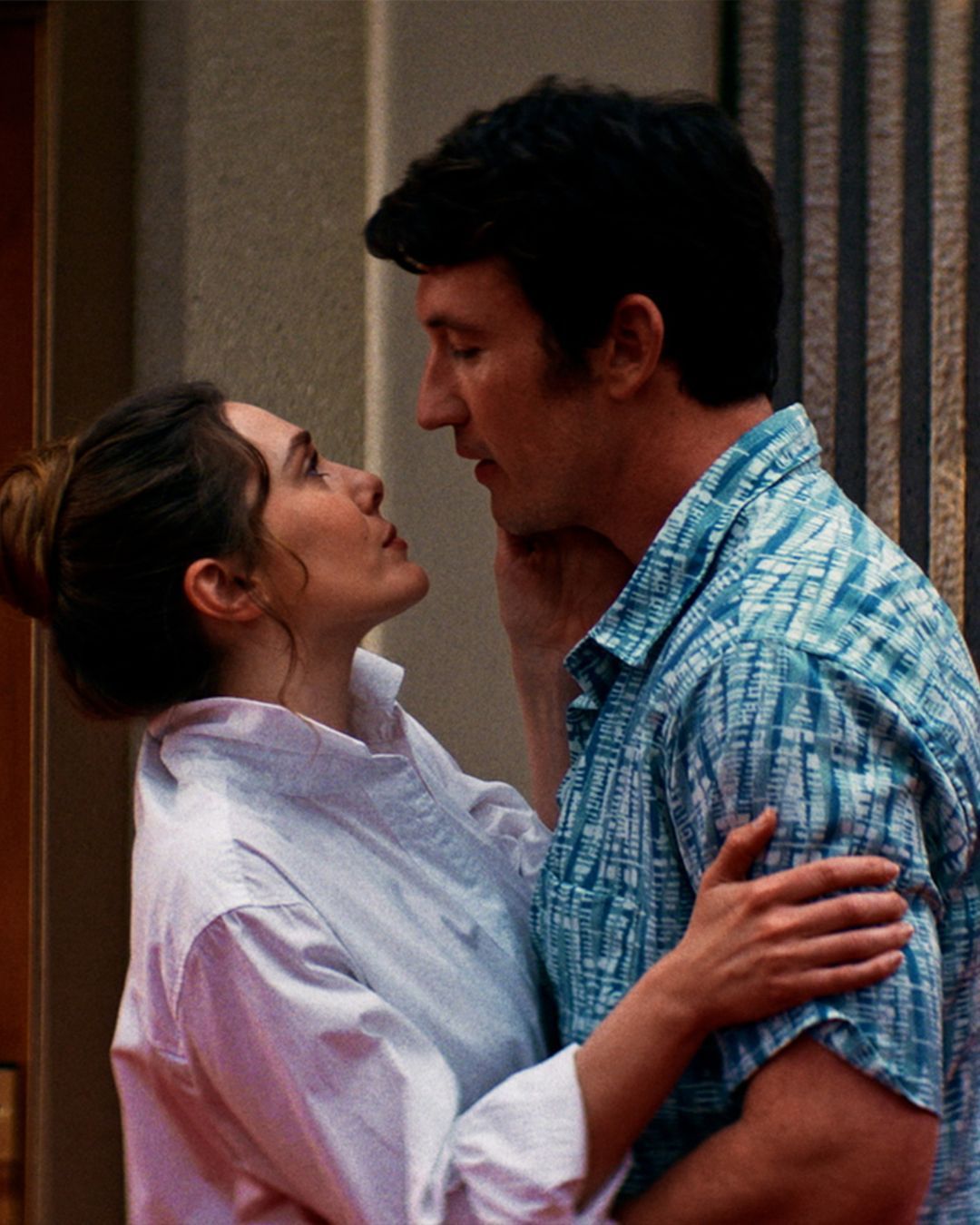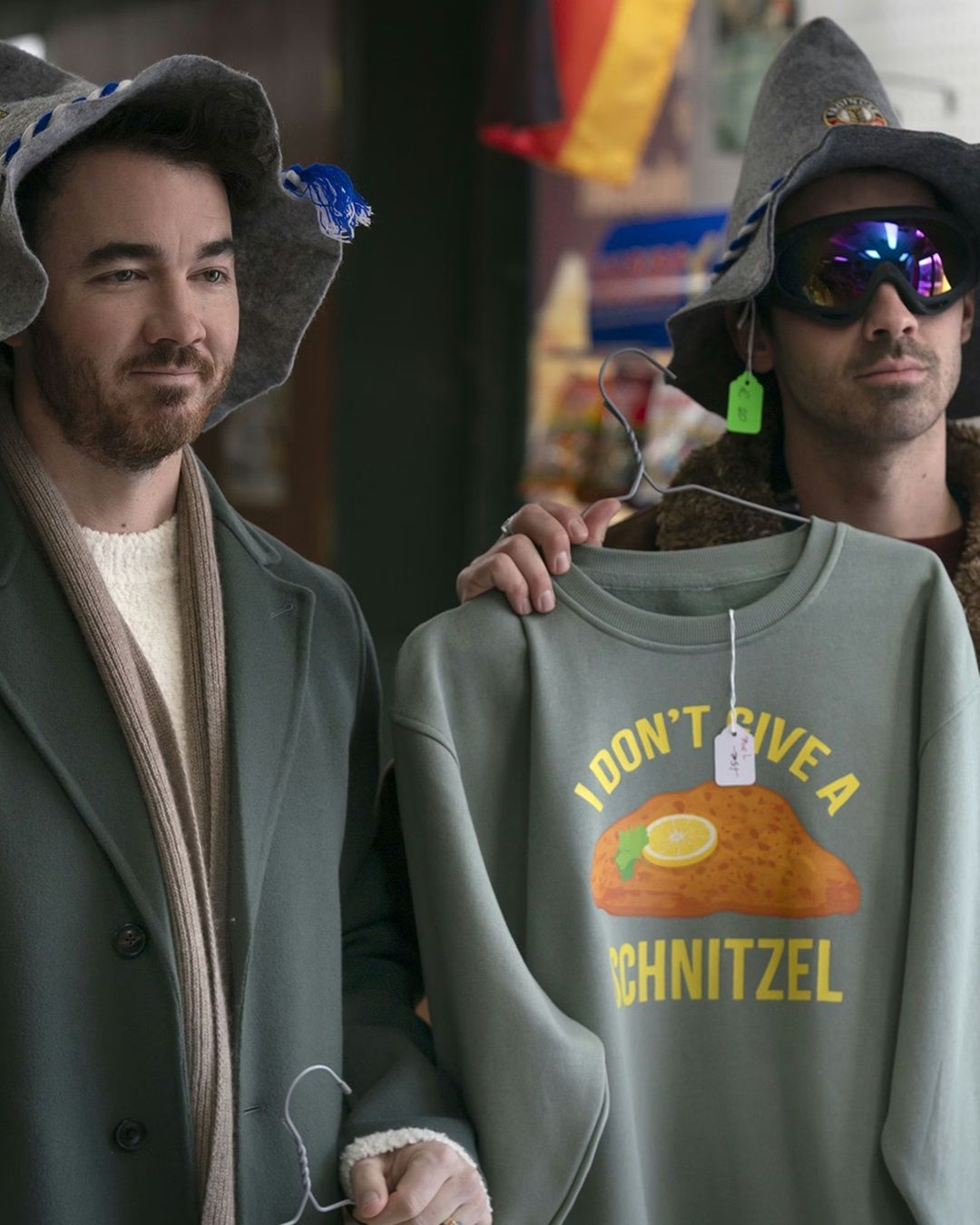
Furiosa: Revenge is not a promise The prequel of Mad Max Fury Road explains the value of hope and female solidarity
When it debuted in 2015, Mad Max: Fury Road was like a slap in the face or a particularly violent gust of wind. With its bold aesthetics, its costumes, its small window into a terrible and colorful world—with linguistic and behavioral codes completely different from ours—this film thrust us into the Wasteland without a parachute or explanations, in medias res, and we emerged forever changed, as did the action and genre cinema. Its prequel, titled Furiosa: a Mad Max story, arriving in Italian cinemas on May 23, lacks the same punch but still offers something worth hearing.
Furiosa: Anya Taylor-Joy, the Cast, and the Plot
In short (and with almost no spoilers), this film is an extensive origin story of the character Furiosa, previously portrayed by Charlize Theron. It tells us about her life, from when she was kidnapped from her homeland, the Green Place of Many Mothers, to when she became the Praetorian we know, complete with shaved head and black forehead makeup. Her first captor is Dementus, played by a charismatic Chris Hemsworth. Through a series of ingenious moves and demonstrations of strong determination, Furiosa manages to escape him and reach the Citadel, where we re-encounter some characters from the 2015 film. Here she meets Immortan Joe’s wives and risks becoming one of them. Thanks again to her resilience and her connection with Praetorian Jack (Tom Burke), she manages to change her story.
The Absence of a Couple and the Value of Hope
At first, Furiosa is driven by the will to survive to return home, to that green and bountiful world she risked her life to protect, as many women before her did. The closeness with another human being—the first to understand and comprehend her since she was literally torn from her mother’s arms—gives her hope. This element is beautiful and interesting. Their relationship is never explicitly shown or consummated on screen. We don’t know and don’t need to know whether it is a matter of love or simply affinity and comfort, a seeing and discovering each other that goes beyond the physical and with its very existence challenges the survival laws that dominate the Wasteland. In a world where survival requires domination, the refusal to do so even for a second is the key to the entire film, and perhaps also to humanity, seen as cruel animals, almost without hope. And the almost is what the story clings to.
Is Salvation Found in Female Solidarity?
When even the last unexpected comfort is taken from her, along with hope, Furiosa risks succumbing to a blind, irrational rage that drives her forward but could also destroy her, causing her to nearly delirium. At this point, she is kept alive solely by the thirst for vengeance and anger, pain, and an animalistic, inexplicable motivation, communicated through gestures and eyes. However, at a certain point, something changes again. Then, and here lies the climax of the entire film—far from the peaks of Mad Max: Fury Road but one that, in its already written and somewhat explained nature, plays with itself and the concepts of hope, humanity, and negation in the negative—she manages once again to take a step back, to devote herself to a cause, to seek her redemption in a practical mission, one whose development we followed in the first film, finding its reason in female solidarity and seeing women as something to protect and preserve, a crystal ball of white light in an orange and rotten world. We already know what will happen, but that doesn’t mean that fighting and reaching this point has any less value.























































